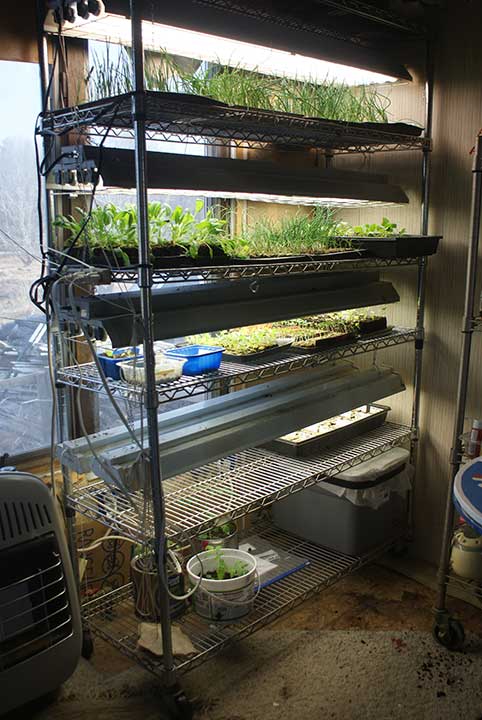
Welcome to our comprehensive guide on the top 7 fundamentals of indoor gardening. Whether you're a seasoned gardener or just starting out, this article will provide you with the knowledge and insights you need to successfully grow plants indoors.
From seed starting to light requirements, watering techniques to soil mixtures, temperature control to fertilization, and dealing with indoor pests, we've got you covered.
Get ready to embark on a journey of green thumb mastery as we unlock the secrets to flourishing indoor gardens.
Seed Starting
Seed starting is a crucial process in indoor gardening that involves germinating and nurturing seeds to establish healthy plants.
The first step in seed starting is seed selection. It is important to choose high-quality seeds from reputable suppliers to ensure successful germination. Look for seeds that are fresh, disease-free, and suited to your indoor growing conditions.
Once the seeds are selected, the germination process begins. This involves providing the right environment for the seeds to sprout and grow. Temperature, humidity, and light are important factors to consider during germination. Most seeds require a warm and moist environment to germinate, while others may need specific conditions such as cold stratification or scarification.
Light Requirements
When it comes to indoor gardening, understanding the light requirements for your plants is crucial for their growth and overall health.
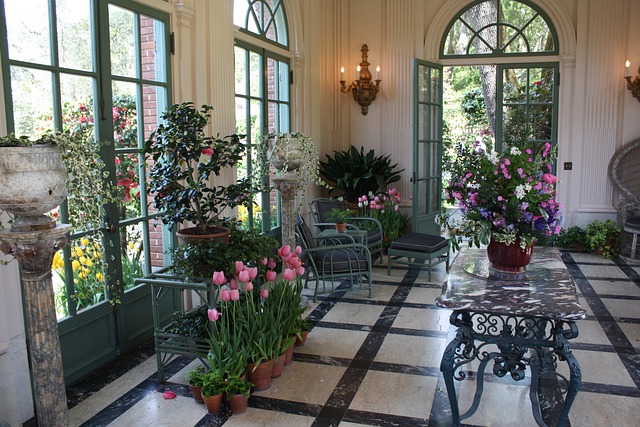
Two key factors to consider are the optimal light duration and the importance of light quality.
Providing your plants with the right amount of light for the right amount of time, as well as ensuring they receive the appropriate quality of light, will help them thrive and reach their full potential.
Optimal Light Duration
The optimal light duration for indoor gardening depends on the specific light requirements of the plants. Different plants have varying light requirements, with some needing more hours of light per day than others. Generally, most indoor plants require 12 to 16 hours of light per day for optimal growth. Light intensity is a crucial factor in promoting plant growth, as it directly affects photosynthesis, the process by which plants convert light energy into chemical energy. However, it is important to note that providing plants with too much light can be detrimental, leading to leaf burn or stunted growth. On the other hand, insufficient light can result in weak, spindly plants. Therefore, it is essential to research and understand the specific light requirements of each plant to ensure their proper development and overall health.
Importance of Light Quality
Light quality is a critical factor in determining the success of indoor gardening, as it directly impacts the growth and development of plants. When it comes to light quality, two important factors to consider are light intensity and light spectrum.
Here are five key points to understand the importance of light quality in indoor gardening:
- Light intensity: Different plants have different light intensity requirements, so it is essential to provide the right amount of light for optimal growth. Insufficient light can lead to weak and leggy plants, while too much light can cause leaf burn and stunted growth.
- Light spectrum: Plants require a specific spectrum of light for photosynthesis. The color of light influences different stages of plant growth, from seed germination to flowering. Using full-spectrum LED grow lights can provide the necessary wavelengths for healthy plant development.
- Balanced growth: Adequate light quality ensures balanced growth, promoting strong stems and vibrant foliage. It also enhances the plant's ability to produce flowers and fruits.
- Energy efficiency: Choosing the right light spectrum can optimize energy usage and reduce electricity costs. LED grow lights are known for their energy efficiency and can provide the necessary light spectrum for indoor gardening.
- Plant health: Providing the correct light quality helps prevent nutrient deficiencies and promotes overall plant health and vitality.
Watering Techniques
Utilizing proper watering techniques is crucial for successful indoor gardening. Watering frequency and methods play a significant role in maintaining the health and growth of indoor plants. The frequency of watering largely depends on the type of plant, its stage of growth, and the environmental conditions.
It is important to strike a balance between not overwatering, which can lead to root rot and other issues, and not underwatering, which can cause dehydration and stunted growth. To determine when to water, check the moisture level of the soil by inserting a finger up to the first knuckle. If it feels dry, it's time to water.
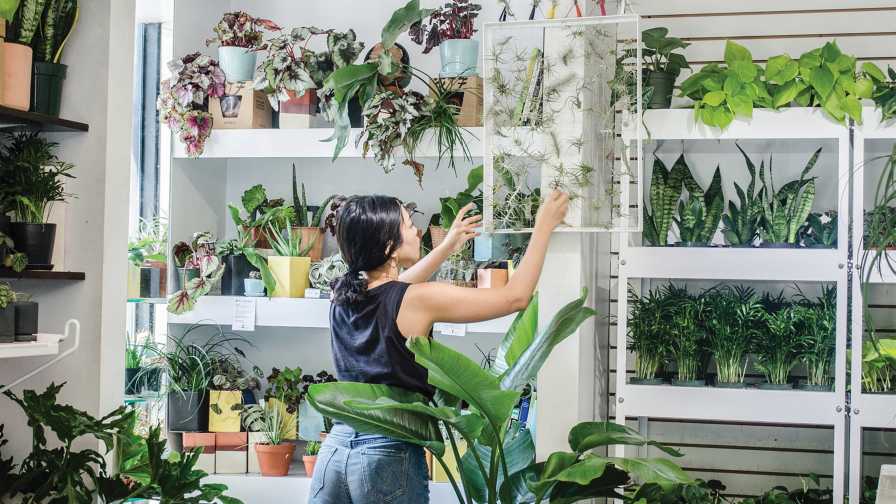
When watering, use a technique that ensures thorough penetration of water into the soil, such as bottom watering or using a watering can with a narrow spout. This allows the roots to absorb water effectively. Avoid overhead watering as it can lead to leaf diseases and fungal growth.
Remember to adjust the watering frequency and method based on the specific needs of your plants, as different plants have different water requirements.
Soil Mixtures
What is the importance of soil mixtures in indoor gardening?
Soil mixtures play a crucial role in the success of indoor gardening. They provide the necessary nutrients and support for plants to thrive in a controlled environment.
Here are five important factors to consider when creating soil mixtures for indoor gardening:
- Organic Fertilizers: Incorporating organic fertilizers into the soil mixture ensures that plants receive a balanced and sustainable source of nutrients.
- pH Levels: Maintaining the correct pH level in the soil is essential for optimal plant growth. Different plants have varying pH requirements, so it is crucial to adjust the soil mixture accordingly.
- Drainage: Good drainage is necessary to prevent waterlogging and root rot. Adding ingredients like perlite or vermiculite can improve soil drainage.
- Texture: The texture of the soil mixture affects water retention and root development. A well-aerated mixture with a balanced combination of sand, silt, and clay promotes healthy plant growth.
- Sterility: Ensuring the soil mixture is free from pests, diseases, and weed seeds is essential for maintaining a healthy indoor garden.
Temperature Control
Temperature control is a crucial aspect of indoor gardening that directly affects the growth and health of plants. The optimal temperature range for most plants is typically between 65°F and 75°F. Heat and cold stress can have detrimental effects on plant growth, leading to wilting, stunted growth, or even death.
Additionally, temperature fluctuations should be avoided as they can disrupt the plant's metabolic processes and weaken its immune system.
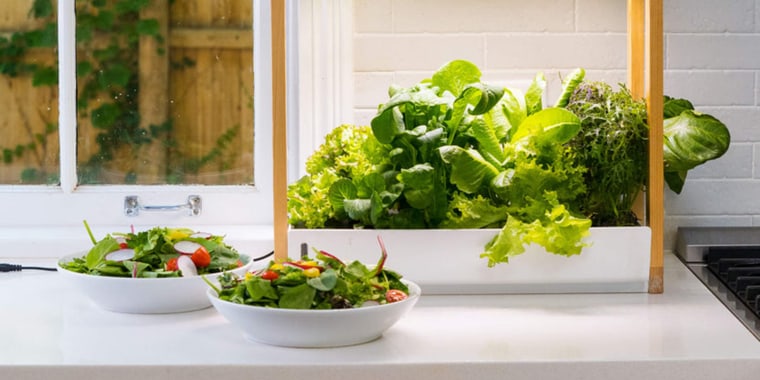
Optimal Temperature Range
Maintaining the ideal temperature range is crucial for successful indoor gardening. Temperature regulation plays a vital role in creating the ideal growth conditions for your plants.
Here are five key points to consider when it comes to optimizing the temperature in your indoor garden:
- Consistent temperature: Aim to maintain a stable temperature throughout the day and night to avoid stress on your plants.
- Temperature range: Different plants have different temperature preferences, so it's important to research and understand the specific temperature range that suits your plants best.
- Thermometer: Use a reliable thermometer to monitor the temperature accurately and make necessary adjustments.
- Heat sources: Be cautious of heat sources near your plants, such as radiators or direct sunlight, as they can cause temperature fluctuations.
- Ventilation: Proper airflow and ventilation are essential for regulating temperature and preventing the buildup of excess heat or humidity.
Heat and Cold Stress
To effectively manage heat and cold stress in indoor gardening, it is crucial to understand the impact of temperature fluctuations on plant growth.
Heat tolerance and cold hardiness are important factors to consider when creating a suitable environment for your indoor plants. Different plant species have varying levels of heat tolerance and cold hardiness, so it is essential to choose plants that can thrive in the temperature conditions of your indoor space.
Heat stress can cause wilting, leaf damage, and even death in plants, while cold stress can lead to stunted growth and reduced vitality.
Maintaining a stable temperature range within the optimal range for your plants is vital for their overall health and productivity.
Monitoring and controlling temperature fluctuations through proper insulation, ventilation, and heating or cooling systems is crucial to ensure successful indoor gardening.
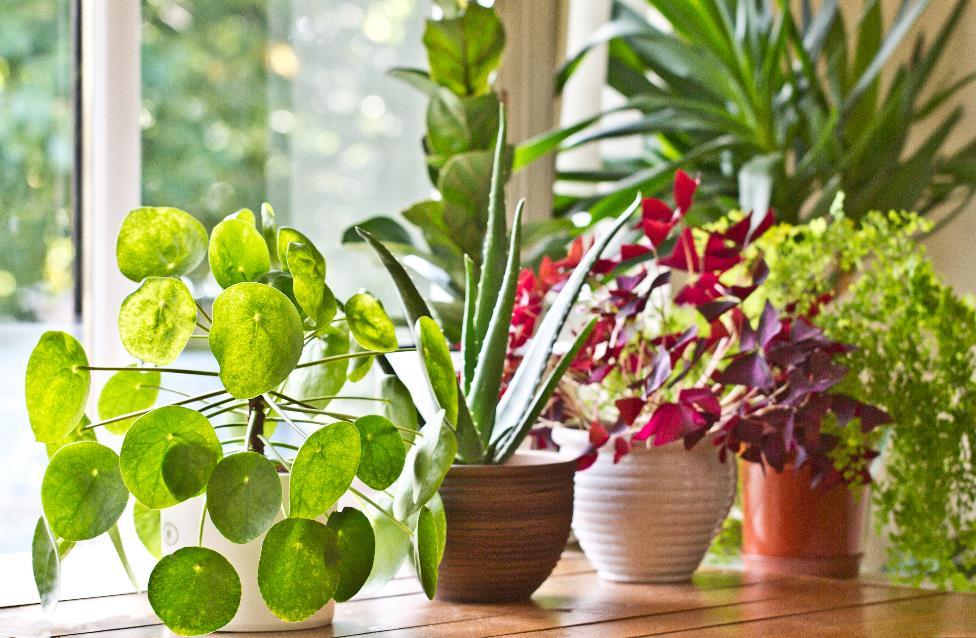
Temperature Fluctuations
Proper temperature control is essential for maintaining optimal conditions in indoor gardening and mitigating the impact of temperature fluctuations on plant growth. To effectively manage temperature fluctuations, consider the following:
- Temperature monitoring: Regularly check and record the temperature in your indoor garden to identify any fluctuations.
- Insulation: Insulate your indoor garden to minimize the impact of external temperature changes.
- Heating and cooling systems: Install appropriate heating and cooling systems to maintain a consistent temperature range.
- Ventilation: Proper airflow and ventilation help regulate temperature and prevent excessive heat buildup.
- Lighting: Ensure that your lighting system does not produce excessive heat, as this can affect the overall temperature in your indoor garden.
Fertilization
When it comes to indoor gardening, ensuring adequate nutrient supply through proper fertilization is crucial for optimal plant growth and development. Organic fertilizers are an excellent choice for indoor gardening because they provide a slow-release of nutrients, promoting long-term plant health. These fertilizers are derived from natural sources such as compost, manure, and plant materials, and they contain a variety of essential nutrients like nitrogen, phosphorus, and potassium.
By using organic fertilizers, indoor gardeners can avoid the risk of nutrient deficiency, which can lead to stunted growth, yellowing leaves, and poor flowering or fruiting. It's important to carefully follow the instructions on the fertilizer packaging and apply the appropriate amount to avoid over-fertilization, which can cause nutrient imbalances and harm the plants.
Regular fertilization, combined with proper watering and light exposure, will ensure that your indoor plants thrive and flourish.
Indoor Pests
Indoor gardening enthusiasts must also address the issue of indoor pests, which can pose a threat to the health and vitality of their plants. These common indoor pests can include aphids, spider mites, fungus gnats, whiteflies, and mealybugs. To maintain a healthy indoor garden, it is important to implement natural pest control methods.
Here are some effective strategies to combat indoor pests:
- Introduce beneficial insects such as ladybugs or lacewings to prey on pests.
- Regularly inspect plants for any signs of infestation and promptly remove affected leaves or plants.
- Use organic insecticides, such as neem oil or insecticidal soap, to control pest populations.
- Maintain a clean and tidy indoor garden by regularly removing fallen leaves and debris.
- Encourage natural predators by creating a diverse and balanced ecosystem within the garden.
Frequently Asked Questions
How Long Does It Typically Take for Seeds to Germinate When Starting an Indoor Garden?
Seed germination timeline depends on the type of seed and environmental conditions. Generally, it takes anywhere from a few days to a few weeks. There are several tips for speeding up germination, such as providing optimal moisture, temperature, and light levels.
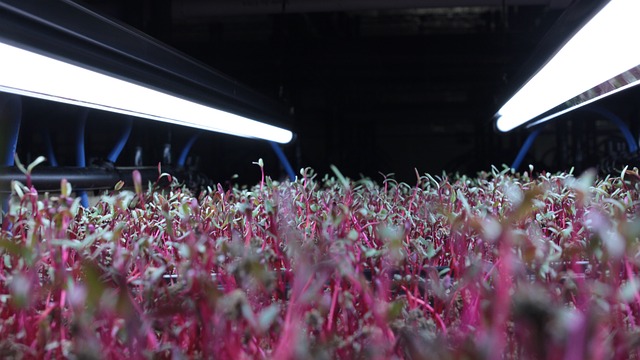
Can I Use Regular Household Light Bulbs as a Light Source for My Indoor Garden?
Regular household light bulbs are not suitable as a light source for indoor gardening. Using LED lights specifically designed for plants provides the necessary spectrum and intensity for optimal growth. Grow lights offer benefits such as energy efficiency and customizable light settings.
Should I Water My Indoor Garden Plants From the Top or Bottom?
When it comes to watering indoor garden plants, there are two main methods: top watering and bottom watering. Each method has its pros and cons. Additionally, using a self-watering system can provide numerous benefits for indoor gardening.
What Are Some Common Mistakes to Avoid When Creating a Soil Mixture for Indoor Gardening?
When creating a soil mixture for indoor gardening, it is important to avoid common mistakes that can hinder plant growth. These mistakes include using the wrong type of soil, not properly amending the soil, and over or under-watering the plants.
Are There Any Specific Temperature Ranges That Are Best for Indoor Gardening Success?
To achieve optimal indoor gardening success, it is crucial to maintain specific temperature ranges. Controlling humidity levels is also important. These factors ensure that plants thrive in an environment that mimics their natural habitat, promoting healthy growth and productivity.
 Business & FinanceHealth & MedicineTechnologyLifestyle & CultureScience & EnvironmentWorld NewsPrivacy PolicyTerms And Conditions
Business & FinanceHealth & MedicineTechnologyLifestyle & CultureScience & EnvironmentWorld NewsPrivacy PolicyTerms And Conditions
